
Attention: This post, like so many travel entries I made in the earliest days of blogging, was a mere one photo. Here in late 2022, I’ve been repairing them.
Something like this makes the 43-year-old version of me feel like a hundred lifetimes ago; where did the boundless energy come from that allowed us to push so hard? When we left Salt Lake City yesterday, we didn’t head south to bring us closer to home; we went north to better position ourselves for this trip out to Antelope Island. At this point, we are 731 miles (1,176km) from home, but no need to worry; we’ve done worse.
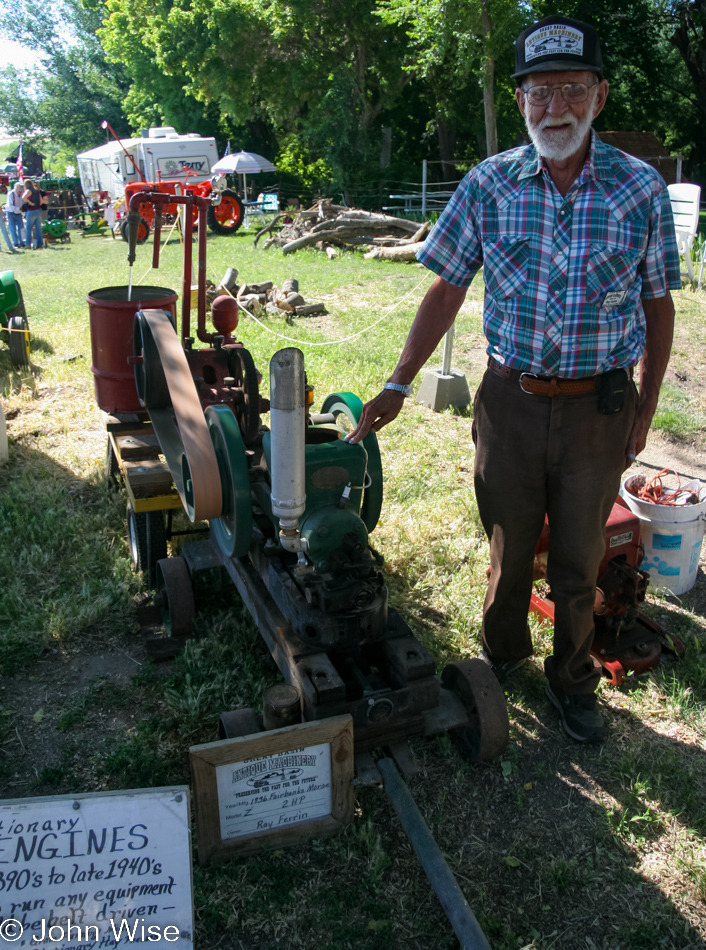
Fielding Garr Ranch on the island was hosting a bunch of guys about this man’s age demonstrating engines that might have been in use when they were children. Not that any of them are over 100 years of age, like one of the engines that dates back to the 1890s, but you can see they’ve accumulated some years.

The lake is disappearing, just as we should expect. When you consider that this is the last remaining puddle compared to what created it, it’s surprising that we still have the lake as it is. Not long ago, on planetary terms, Lake Bonneville filled this basin from Nevada to Idaho and down a good 200 miles with nearly 1,000 feet of water.
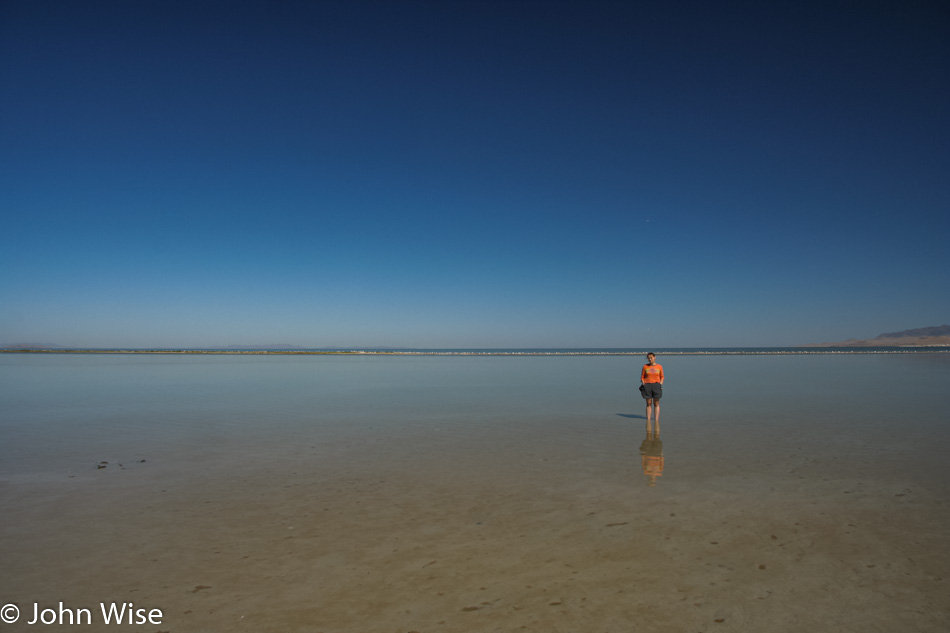
When the last ice age ended about 11,500 years ago, the waters of Lake Bonneville started to recede and evaporate, and the ground that Caroline was standing on started springing upward as the weight of the vast lake was disappearing.

That’s Fremont Island out there.
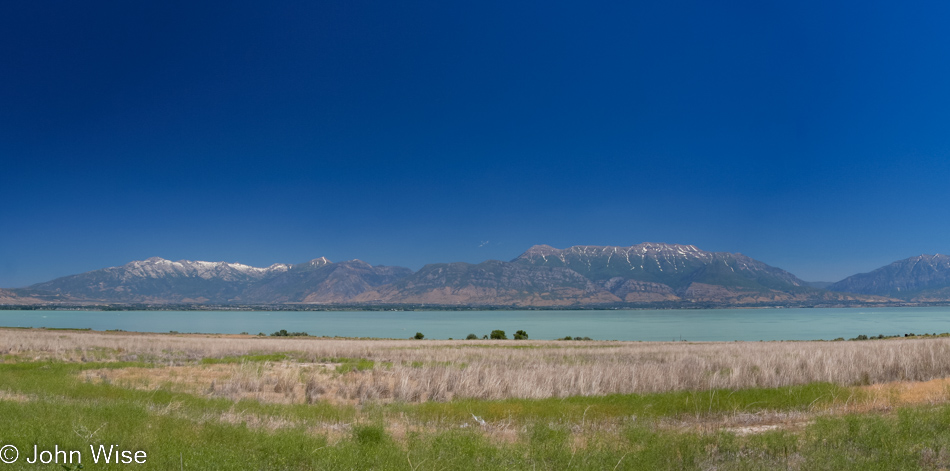
Those mountains and ones further south in Salt Lake City all show evidence of the old shoreline in the form of shelves and benches that were carved by the shore lapping at the base of the mountain range.
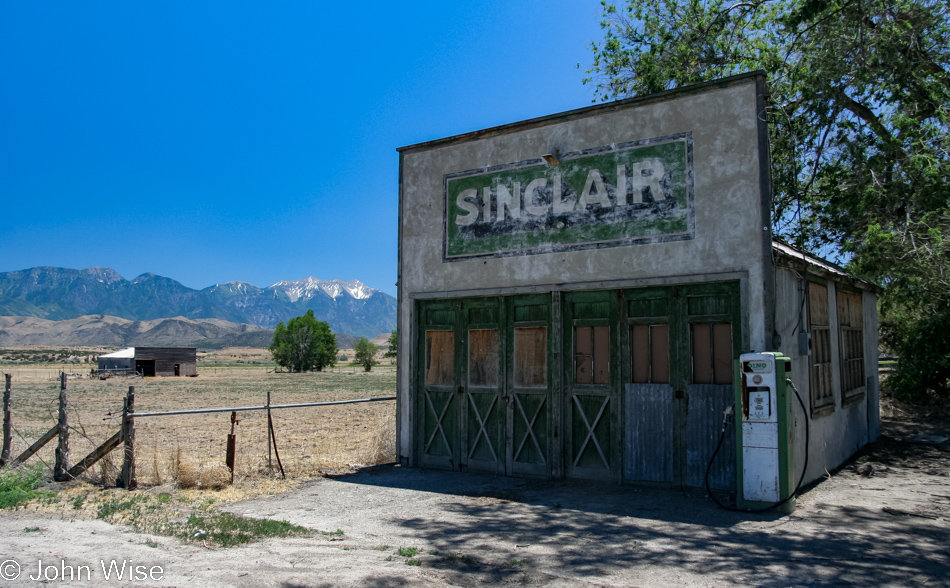
Here we are at the intersections of state routes 68 and 6 because freeways are for people in a hurry. And while we still have 600 miles home from this point, there was still time to visit the old Sinclair Gas Station in Elberta, Utah, that will sell gas no more.
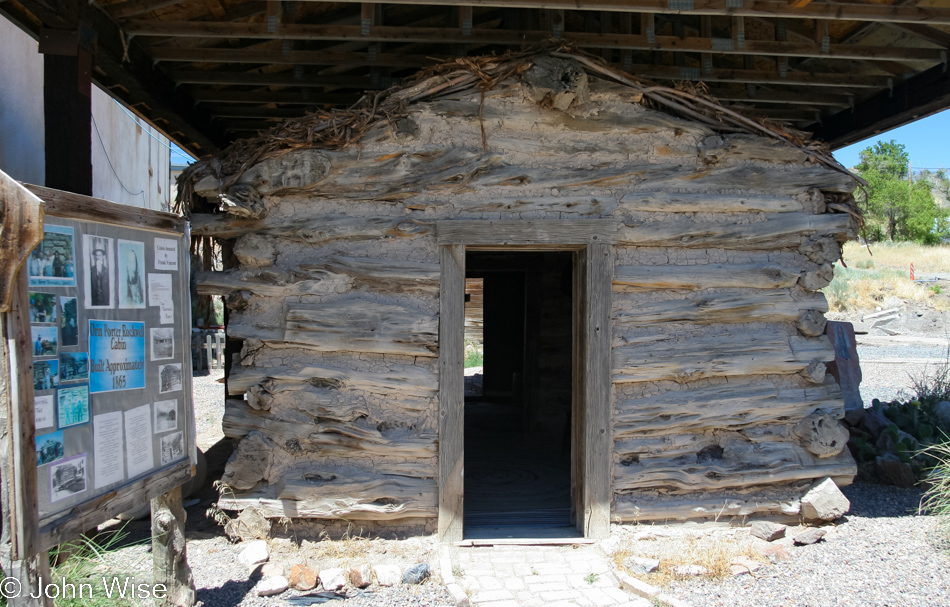
And if we are going to be out sightseeing, might as well go for broke and follow whatever interesting thing pops up on the map, such as this old Porter Rockwell Cabin in Eureka, Utah.

While not its original location, it is the original cabin of this pioneer and man with some claim to fame. You see, Porter was once bodyguard to both Joseph Smith and Brigham Young, though he already had the nickname “Destroying Angel.” How does one earn that name? It was said that Porter killed more outlaws than Wyatt Earp, Doc Holladay, Tom Horn, and Bat Masterson combined. You should Google the guy as he strikes an interesting impression considering he did cut his beard or hair for many years.

The Sevier River appears to have quite a bit of sediment running in it today.
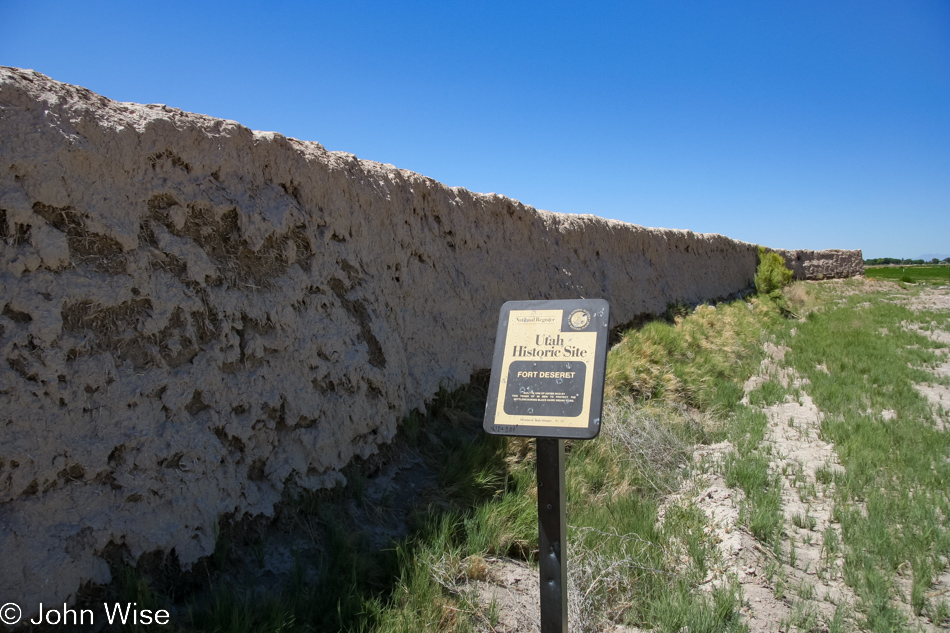
Fort Deseret in Delta, Utah, is quickly returning to earth. Not much remains of its construction, having been built as a defensive structure in 1865 during the Utah Black Hawk War.

We’re somewhere in Utah and will be for some time yet.
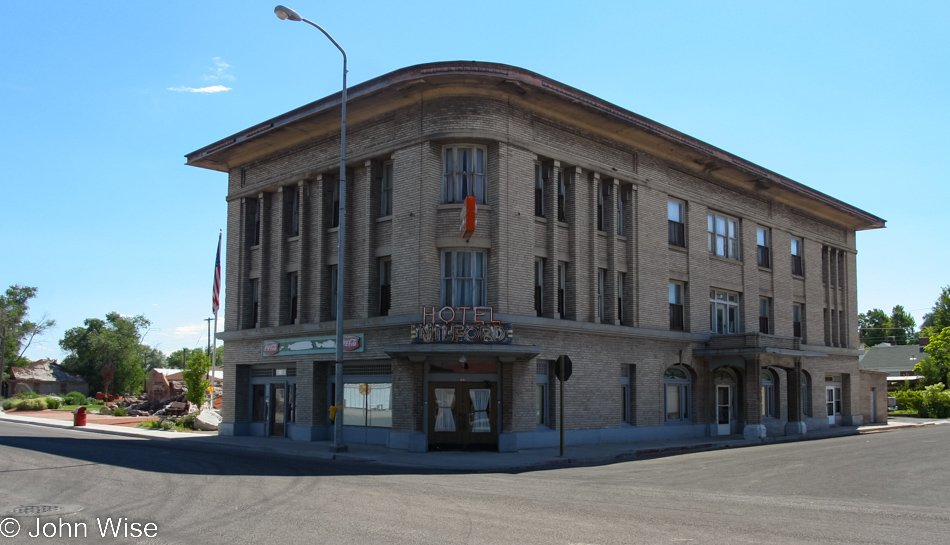
The Historic Milford Hotel in Milford, Utah, seemed to be slated for renovation, but as of 2022, when I’m adding this, I can find nothing to confirm that.
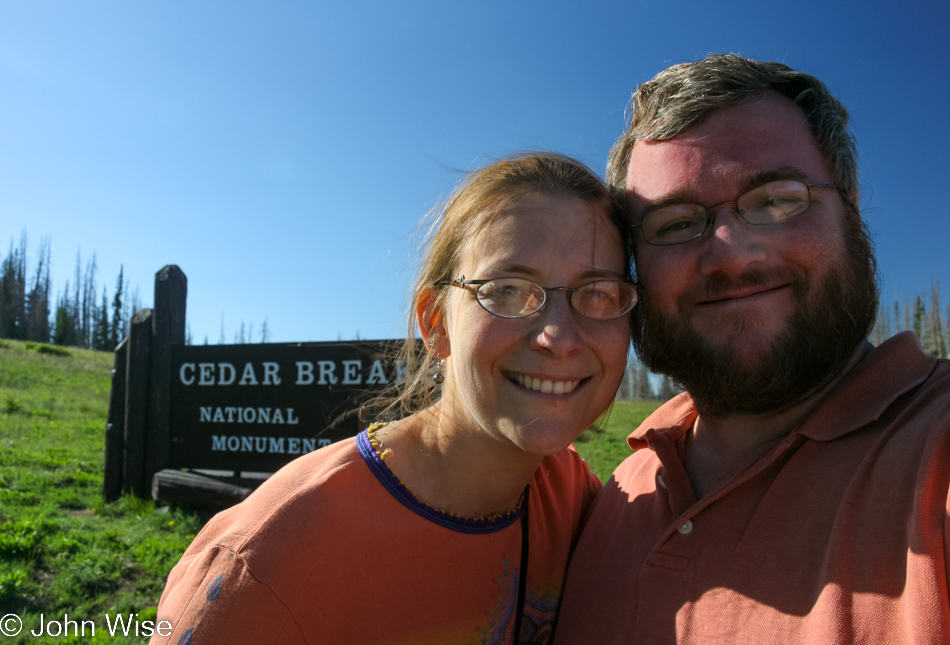
Heck yeah, we’ll dip into a national monument.
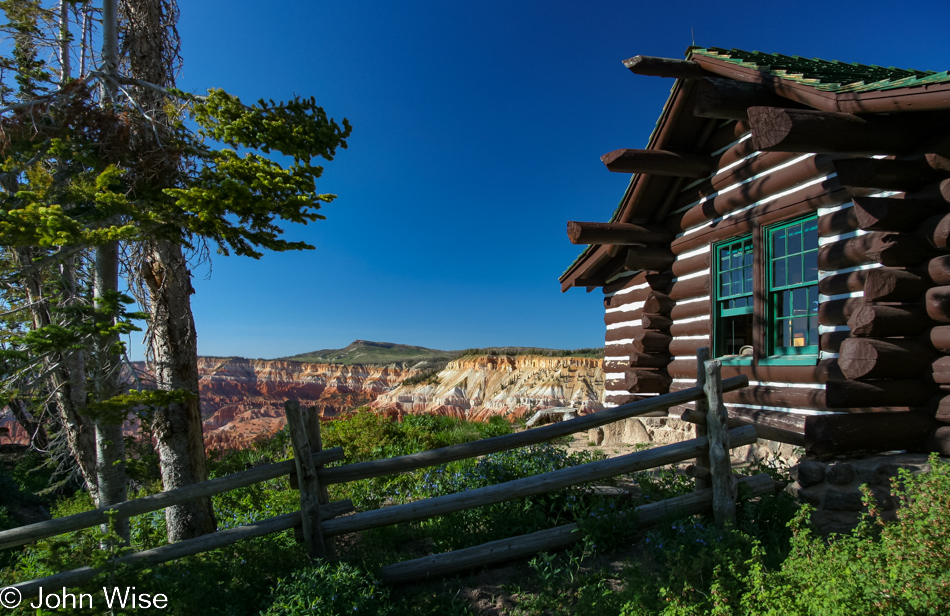
1937 Log Cabin was initially built to serve as a ranger office and visitor contact point for bus tour passengers stopping at Point Supreme here at Cedar Breaks National Monument.
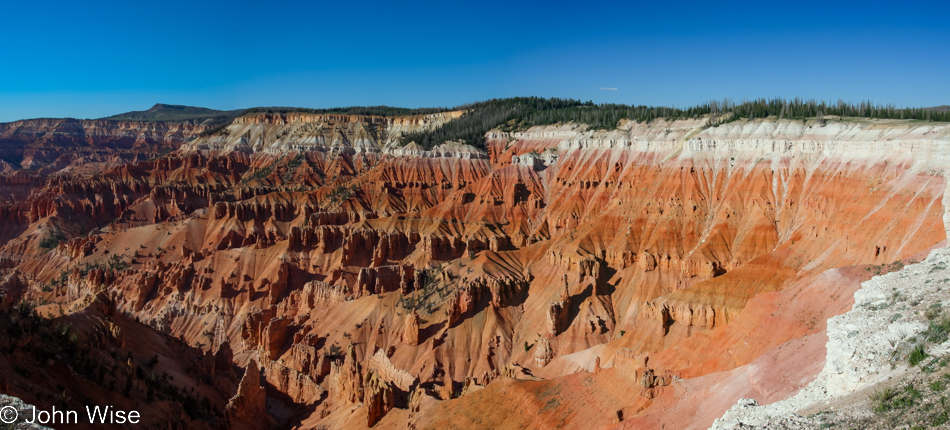
Cedar because early settlers thought the nearby juniper trees were cedars, and Breaks because of the abrupt change in topography where the land just drops off to severe injury or death should you find yourself tumbling over the cliffside.
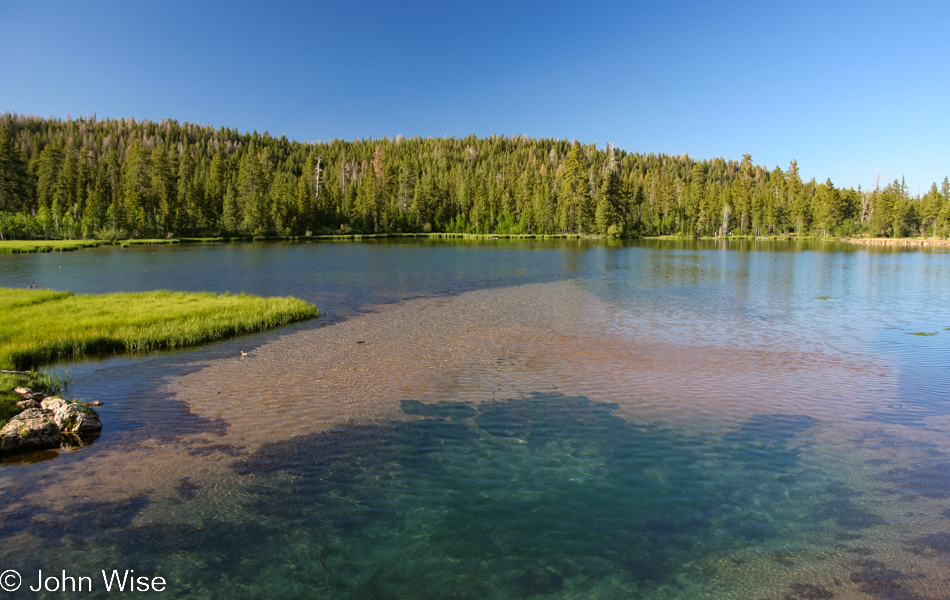
Navajo Lake near Cedar City is fed by springs and is even better looking in person.
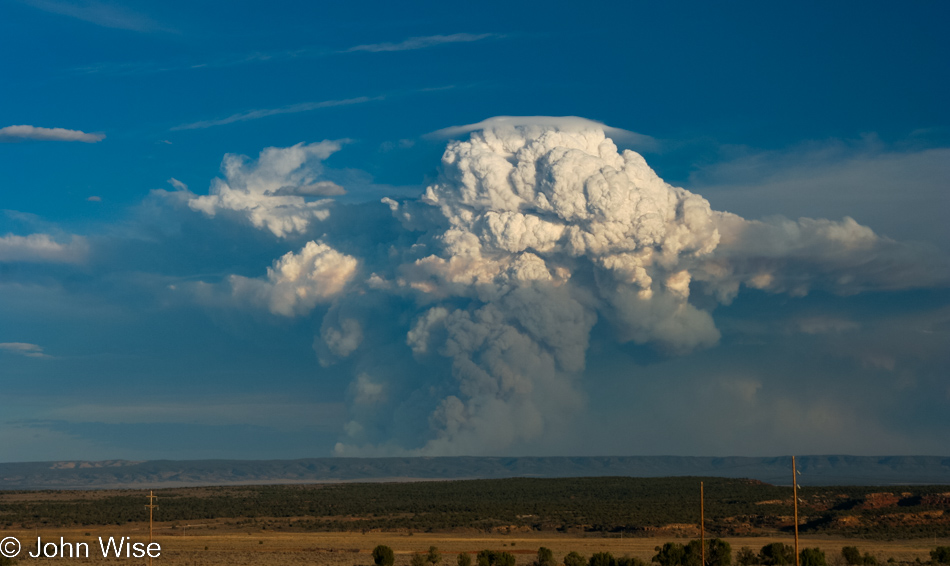
What the hell is burning out there?
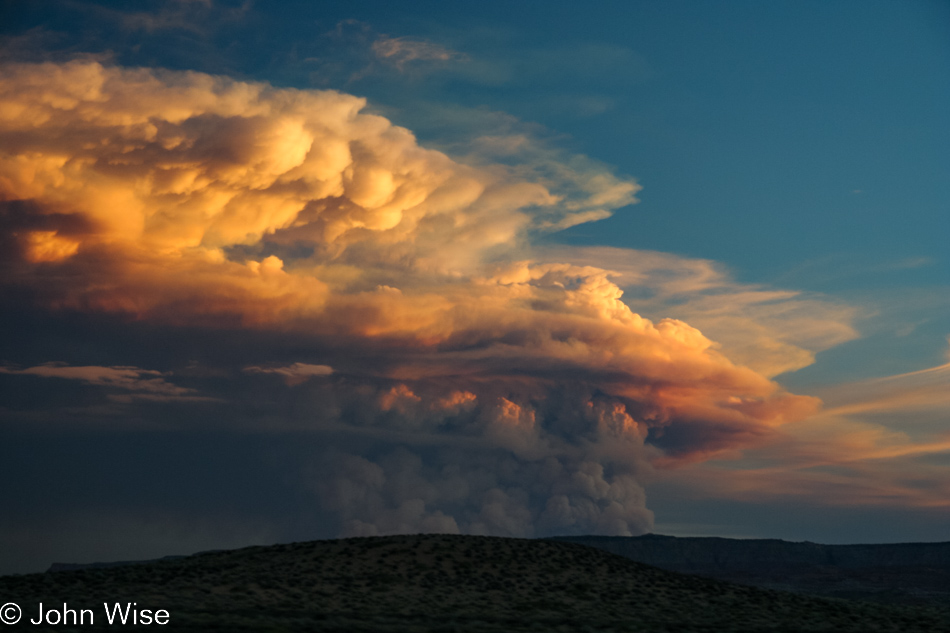
Holy cow, it’s the tiny fire on the North Rim of the Grand Canyon we saw on Friday night.
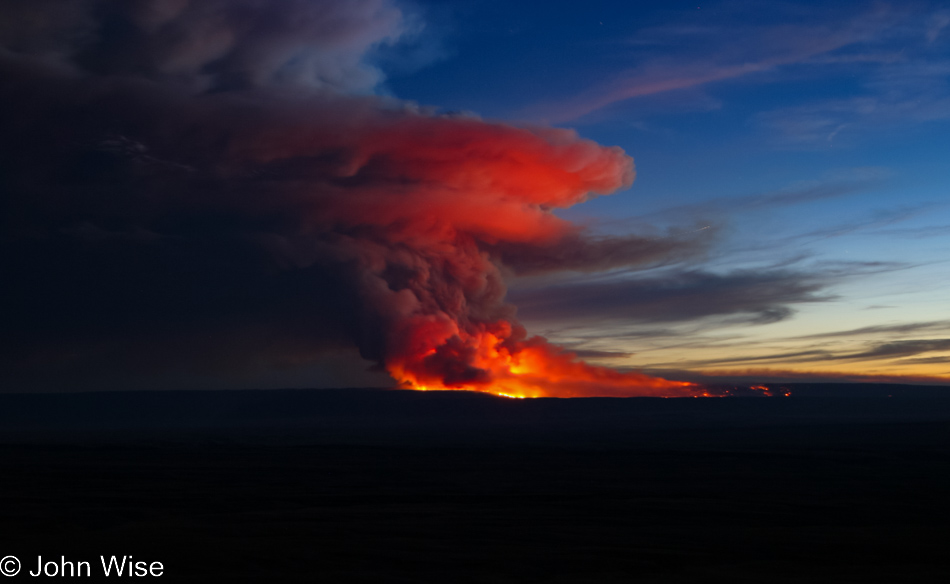
Two days later that small fire has become an 18,000-acre monster. On our way south going back home today, we stopped at the Bitter Springs overlook on the road out of Page along with a hundred other spectators to gawk at this extraordinary and tragic sight.
Spectacular photo.